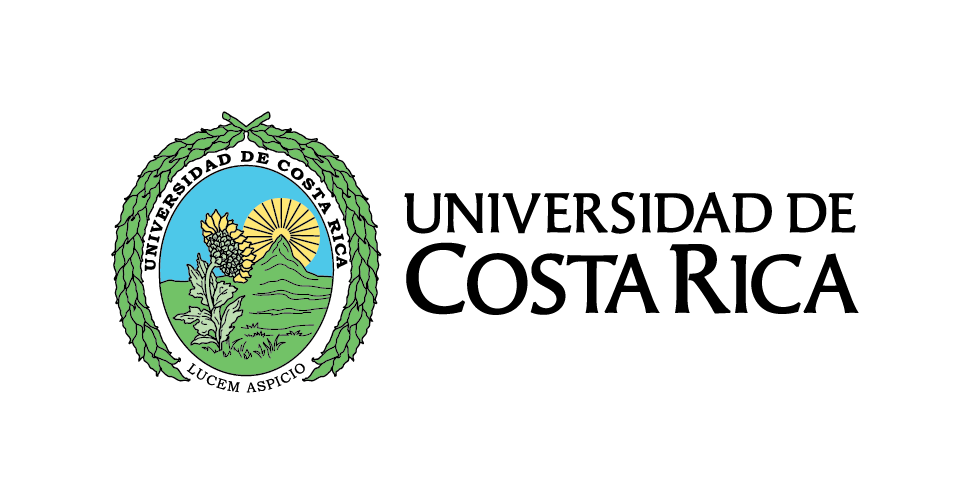Potencial de los proyectos para desarrollar motivación, competencias de razonamiento y pensamiento estadístico
This article presents results of a research on the potential of projects to develop competences of reasoning and statistical thinking, motivation and interest for the statistics. The subjects of study were 19 students with ages between 19 and 21 years of the Public Policies career of the Autonomous...
Guardado en:
| 主要作者: | |
|---|---|
| 格式: | Online |
| 语言: | spa |
| 出版: |
Universidad de Costa Rica
2017
|
| 主题: | |
| 在线阅读: | https://revistas.ucr.ac.cr/index.php/aie/article/view/29874 |
| 标签: |
添加标签
没有标签, 成为第一个标记此记录!
|
| 总结: | This article presents results of a research on the potential of projects to develop competences of reasoning and statistical thinking, motivation and interest for the statistics. The subjects of study were 19 students with ages between 19 and 21 years of the Public Policies career of the Autonomous University of Sinaloa (Mexico) that took the course of Probability and Statistics. For the analysis of the information the stages of the cycle of statistical research and indicators of statistical thinking in each one of them were considered. Motivation was assessed with a test of attitudes toward statistics. The results show that the projects have the potential to help students to develop a positive attitude and sense of usefulness of statistics, since the averages of the main variables reflected a favorable opinion on the work with projects. The analysis reveals the presence of various indicators of statistical thinking developed by the students, such as the identification of various problems presented in the data collection and the recognition of the importance of random methods to generalize the information of the sample to the population. Although the processes of data transnumeration were mainly focused on the analysis of individual variables by means of graphical construction, it was sufficient to identify some plausible hypotheses of the behavior of the population from which the data were selected. Bivariate data analysis had little presence in student projects. |
|---|

